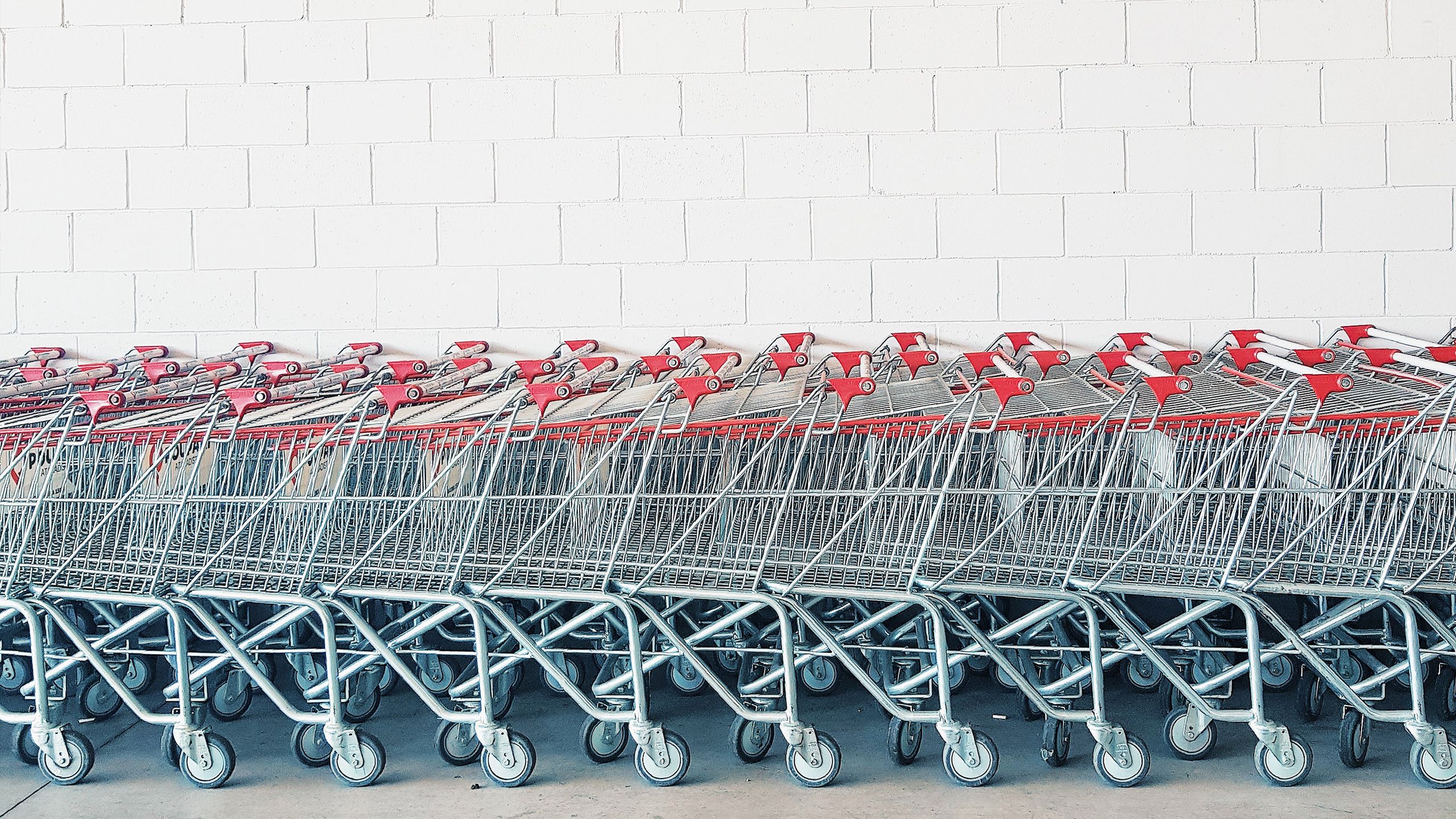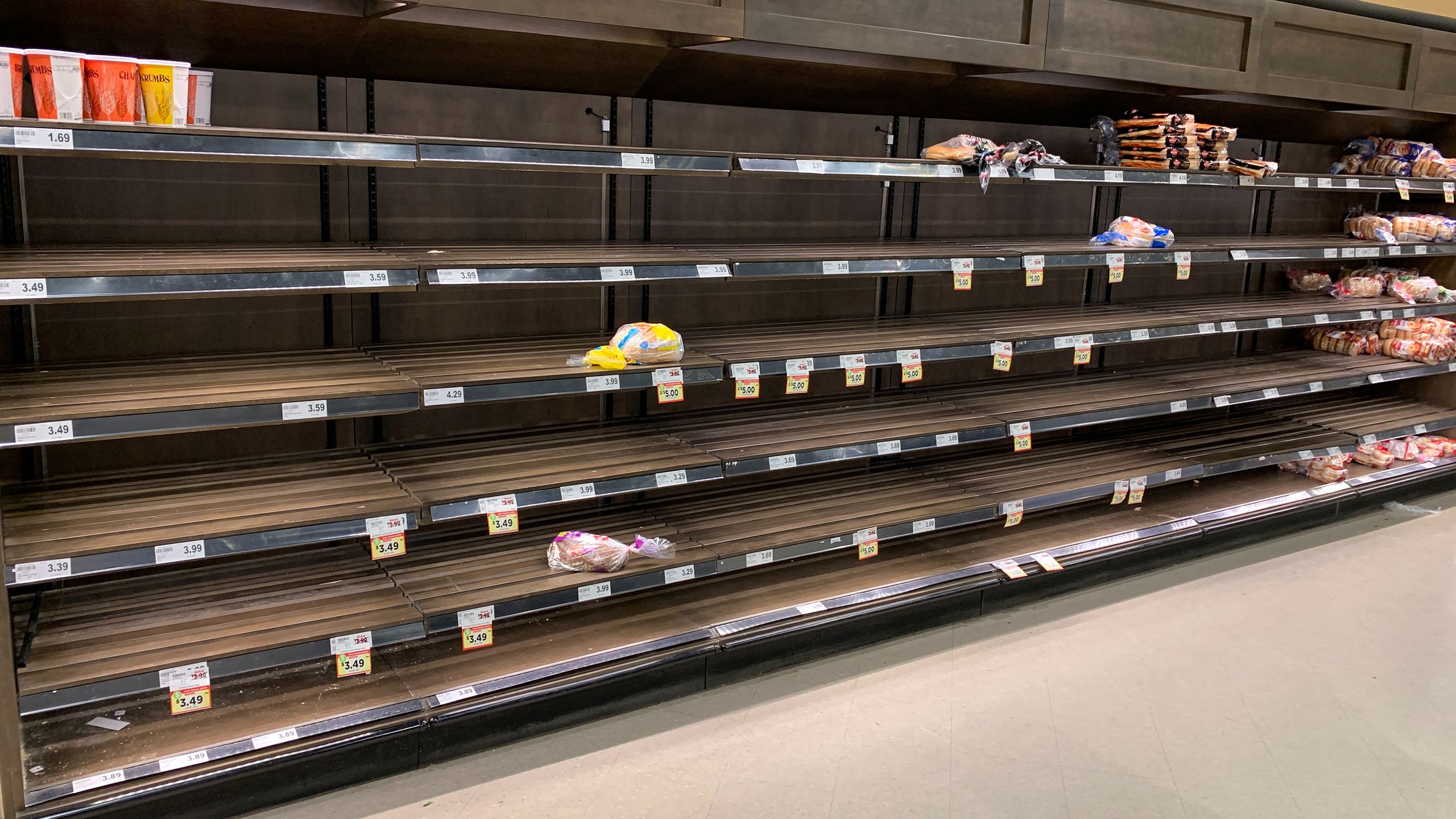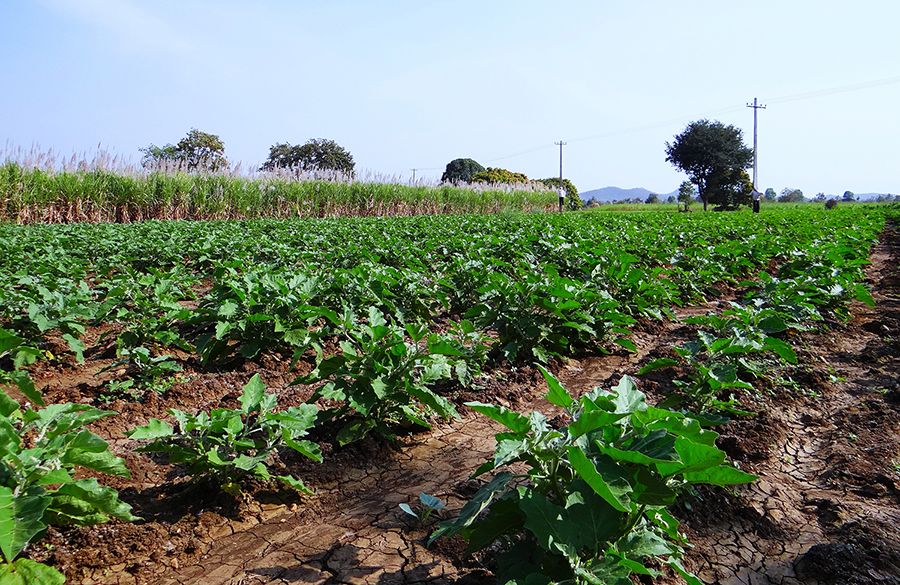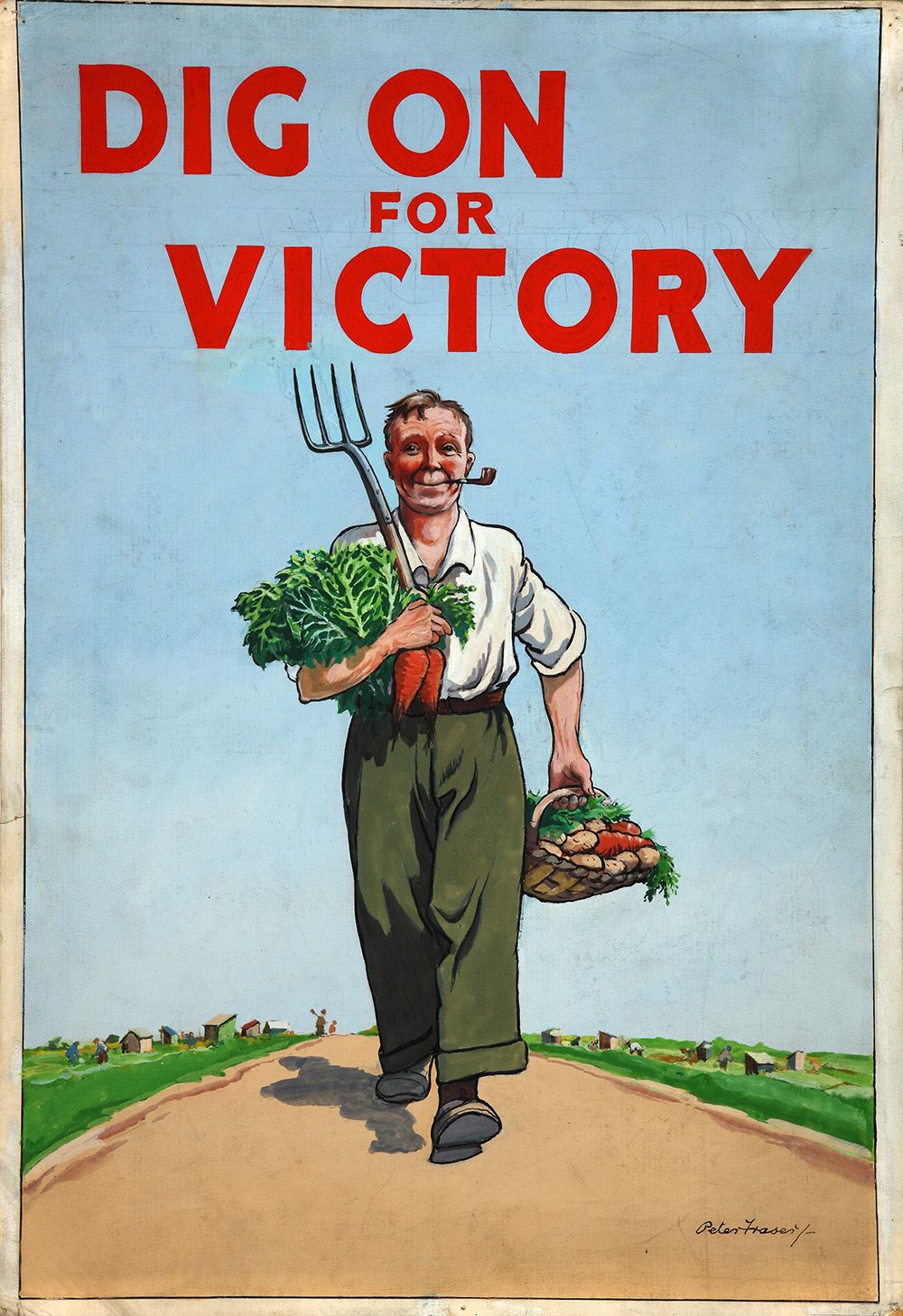What does lockdown mean for the future of our food supply?
By Dr Jagjit Srai

With COVID-19 dominating the news for several weeks, many of us would have anticipated the inevitable lockdown announcement made by the UK Prime Minister on the 23rd March. There was quite rightly much discussion about when to implement the lockdown, but less about how. As each country adopts different approaches, the question remains: how best to enact a lockdown without compromising critical supply chains.
On the surface, lockdown may seem like a trade-off between public health and maintaining the national economy. And of course many would argue this is no choice at all - as public health is paramount. But the two are far more interrelated, and not just in terms of the long-term impact of a shrinking economy on people’s livelihoods.
The month of March saw a 25% increase in demand in UK supermarkets, resulting in widespread stock-outs. But was this a sign of panic buying or simply an inevitable consequence of the lockdown advice to shop ‘as infrequently as possible’? Whilst there has been some excessive buying, as the lockdown timeline is uncertain it does pose a question on what is the sensible quantity and timeframe for the ‘weekly’ shop.

The well-known phenomena of the return visit not being restricted to the few previously unavailable items, such as pasta and rice, exacerbated the stock-outs. Closing cafes and restaurants, again an understandable measure, also feeds into the pressure on the big retailers. This overall surge in demand will, in part, have been genuine.
In terms of a coordinated response, the UK hugely benefits from a half a dozen major retailers such as Tesco that represent over 80% of the market. With the intervention of the Government, coordination of the supply chain is possible and we’re already seeing this happen: competition laws have been relaxed, with food retailers sharing distribution networks using extended delivery hours. These UK changes are likely to boost in-store availability in our food supply quickly. However, the demand for online home delivery will remain difficult to service without engaging new capacity from existing food delivery companies such as Deliveroo, as well as new players transitioning from industries that have become mothballed.
Internationally, we observe very different approaches to the lockdown. In India, even stricter lockdown measures have been implemented with the closure of markets and transport networks. These restrictions, in some instances enforced by over-zealous police, have meant that food already harvested by farmers in rural settings cannot get to urban centres where the demand is at its peak. This has effectively shut down the food supply chain.
In terms of future production, critical temporary labourers used in harvesting crops and manning processing plants have returned to their home villages, often by foot as public transport was shut down with four hours’ notice. Scenes of huge crowds at transport hubs trying to board the few remaining buses completely undermined the social distancing policy that transport bans were meant to prevent.
As farmers dump their harvested produce despite consumer shortages in the main cities, future crops, fruits and other vegetables sit unpicked. This is particularly concerning as the main harvest period in the fields of the Punjab and Haryana kicks off in mid-April. This could become more than just a short term problem - it may have a disastrous longer term impact.

Beyond individual country lockdowns, there is an equally complex conversation on international supply chains. When it comes to the supply of medicines and medical devices, we have already seen export bans from key countries. This vulnerability is manifest in that more than a fifth of generic medicines in Europe are supplied from India, and more than a third of medical devices from China. Reports of foreign plants being requisitioned solely for host-country supply have emerged. European nations facing risk of future shortages in personal protective and medical equipment, including Germany and France, have restricted exports to neighbouring countries. One can see similarities to the discussion of consumer hoarding in our supermarkets, but at an international scale. The EU’s response to the crisis in southern Europe is yet to emerge and this raises questions over international collaboration.
Concerning global food supply, some of the largest producers of wheat and rice, namely Kazakhstan and Vietnam, have suspended exports. This suggests that even major exporters are anticipating severe disruption to their domestic supplies. It does not bode well for supply security in the months ahead. Whilst some countries such as the UK benefit from sophisticated logistics to get available stock to the right place at the right time, their reliance on imported produce - 50% in the UK - calls for action. Should we be increasing what we can produce ourselves?

The ‘Dig for Victory’ campaign of World War II encouraged civilians to grow their own food to reduce reliance on imports. Whilst much has changed in the intervening years, perhaps we need to find new ways of becoming more self-sufficient once again, with localised food and healthcare supply chains.
There is also a role for local communities. Faith and charitable organisations are already starting to collaborate to boost food distribution capacity. In New York, Sikh Gurdwaras have prepared tens of thousands of meals for care centres for the elderly. We’ve seen this work previously - in the aftermath of Hurricane Katrina, Christian and other faith groups aided those in need following supply chain breakdown.
Supply chain collaboration at local and international levels is going to be crucial in the months ahead, and must inform our lockdown strategies. Ultimately, COVID-19 will result in a rethinking of our reliance on global supply chains, in favour of more resilient and more local production.
Dr Jagjit Srai is Head, Centre for International Manufacturing at the Institute for Manufacturing, and Co-Chair, Cambridge Global Food Security Interdisciplinary Research Centre.
Listen to Jag discuss food security and supply chains during the COVID-19 pandemic, on Cambridge's Centre for Science and Policy podcast: Science, Policy & Pandemics Episode Nine.
Layout by Jacqueline Garget
Image credits (top to bottom): Shopping trolleys by Gabrielle Ribeiro on Unsplash; Empty supermarket shelves by Richard Burlton on Unsplash; Vegetable field in India by Bushnu Sarangi on Pixabay; Dig for Victory poster by artist Peter Fraser on Wikimedia commons.
